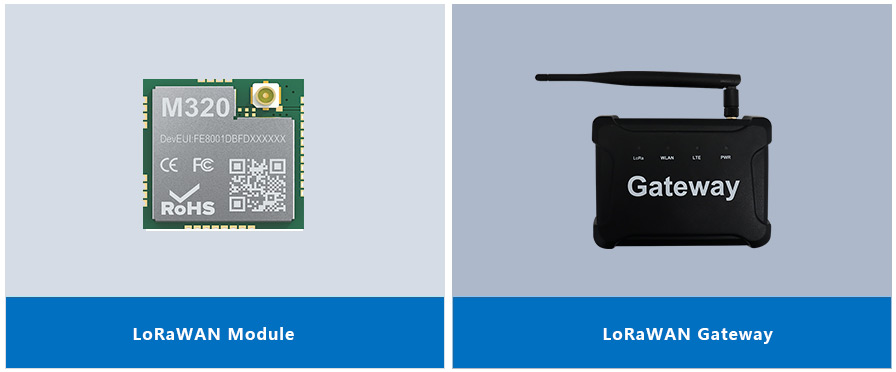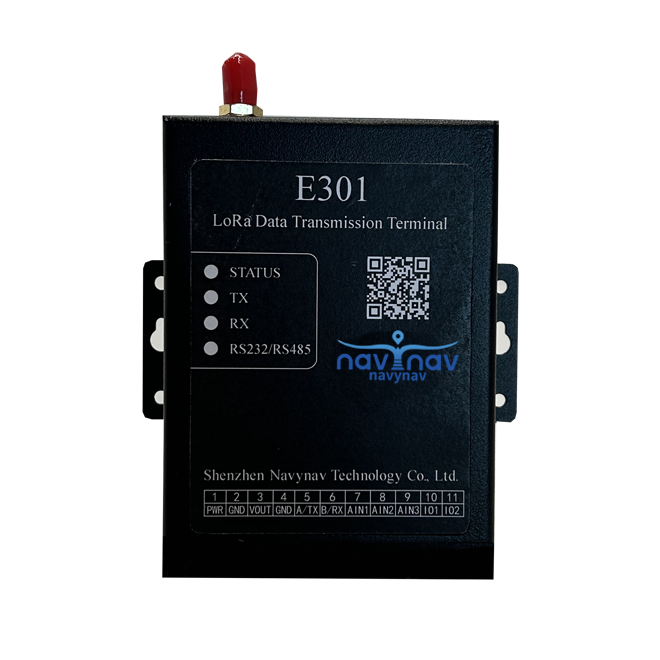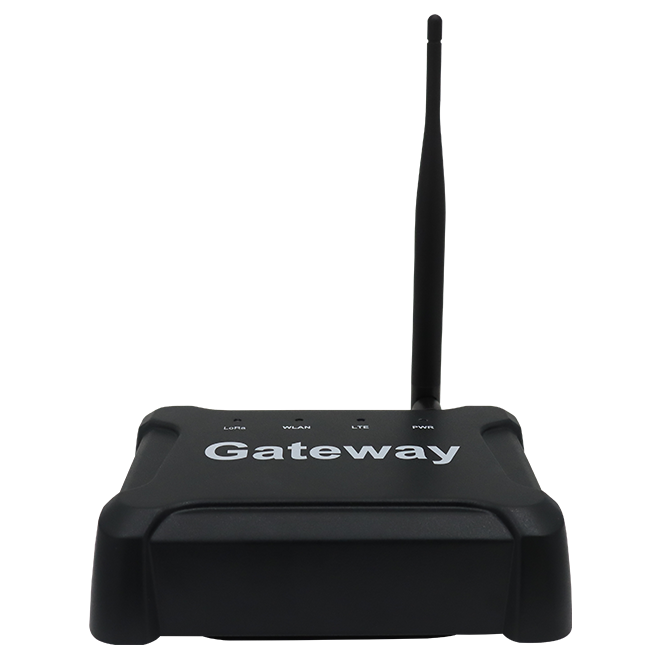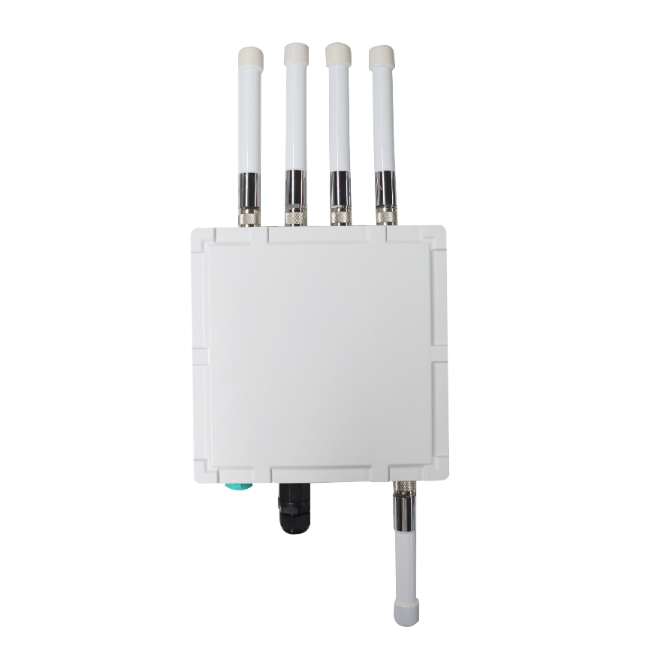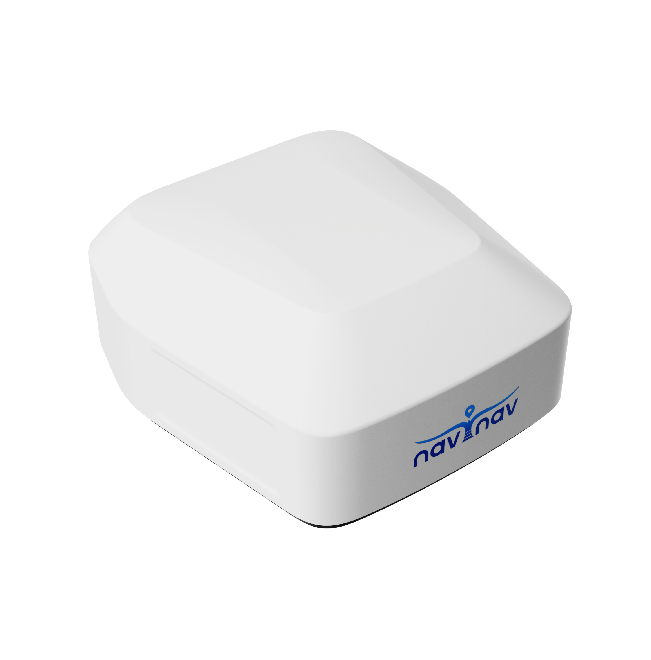The Challenge
Despite the numerous advantages of photovoltaic power generation, there are also pressing issues that need to be addressed in many application scenarios. For example, photovoltaic power generation urgently needs refinement to achieve cost reduction and efficiency improvement. Traditional photovoltaic support frames, due to fixed installation angles, cannot track sunlight, leading to suboptimal utilization of solar energy. Additionally, traditional photovoltaic panels require maintenance personnel for inspection and management, which is not only costly but also prone to oversight. Internet of Things (IoT) technology can help the photovoltaic industry further improve efficiency and effectively address these issues.
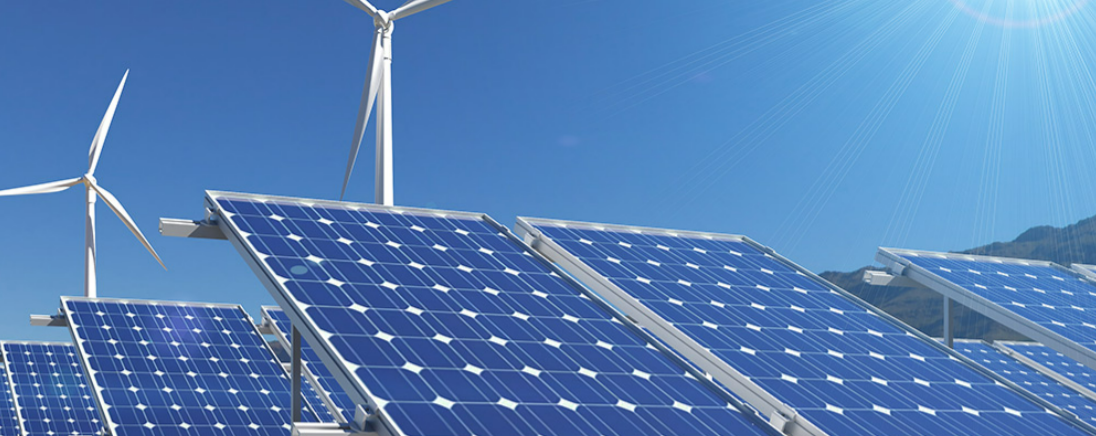
The Solution
Due to the harsh environments at most photovoltaic application sites and the lack of public network signals, products must meet strict requirements for electrostatic resistance, temperature resistance, and antenna performance. To effectively address these issues, Navynav combines IoT technology with the photovoltaic industry and introduces a photovoltaic tracking bracket solution based on LoRaWAN. This solution utilizes LoRaWAN communication technology, which features long transmission distances, low power consumption, and strong anti-interference capabilities, making it suitable for harsh installation environments. Additionally, the system can be remotely upgraded using Over-the-Air (OTA) tools, eliminating the need for on-site manual operations and achieving system intelligence and automation.
The photovoltaic tracking support frame system based on LoRaWAN technology consists of a programmable logic controller (PLC), wind speed sensor, LoRaWAN collector, angle sensor, motor driver, and motor. The PLC serves as the computing central of the entire system, responsible for collecting sensor data and issuing control commands based on feedback results combined with algorithms. The wind speed sensor collects on-site wind speed and wind force data. The LoRaWAN collector handles the wireless transmission of business data. The motor driver and motor are responsible for rotating the solar panels and belong to the execution mechanism.
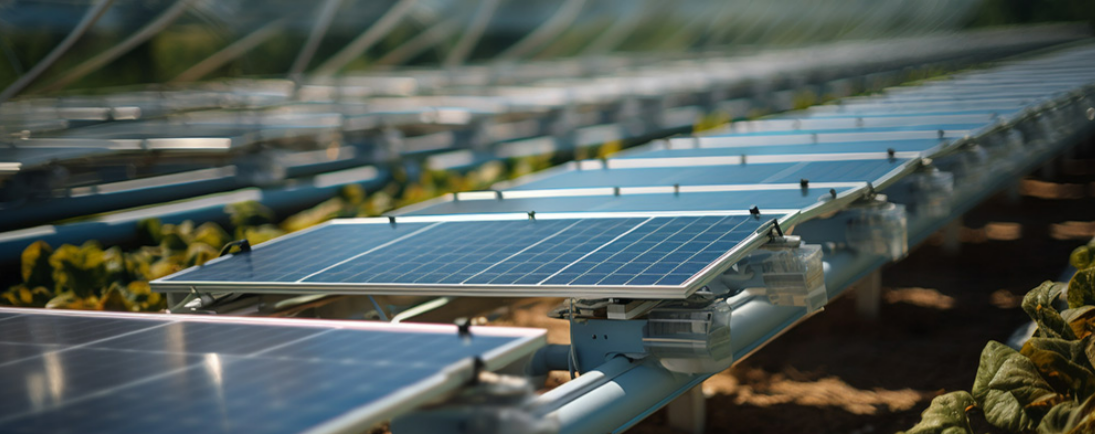
Although installing tracking support frames incurs additional costs, these costs can be offset by the increased electricity generation revenue and result in better system economics. According to calculations by relevant parties, in areas with abundant sunlight, installing tracking support frame systems can increase photovoltaic project electricity generation by 10-20%, with costs increasing by only 5 cents per watt, reducing the project's cost per kilowatt-hour by 12%.
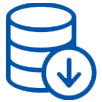 |
|
|
Wireless Deployment Saving Wiring Construction Costs and Time | ISM Free Band No authorization required, no payment for traffic fees | Stable and Reliable Network LoRaWAN Wireless Communication Networking |
|
|
|
Superior Technology LoRaWAN's Better Diffraction and Penetration Through Solar Panels | High Sensitivity LoRa Modulation Reaches -140dBm | Strong Anti-Interference Robust Against Interference |
